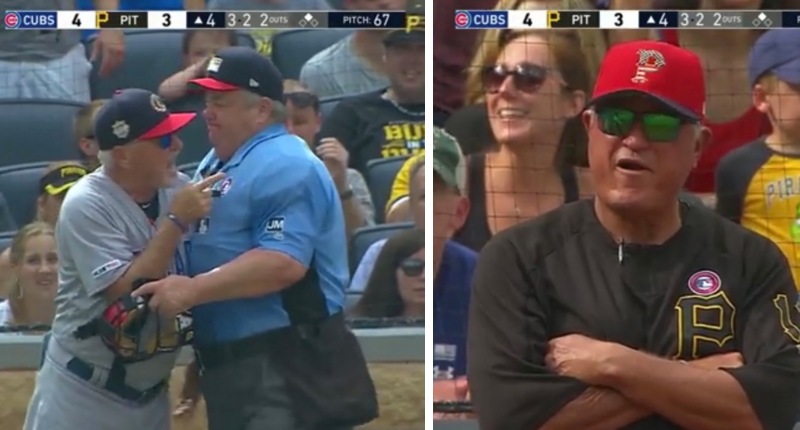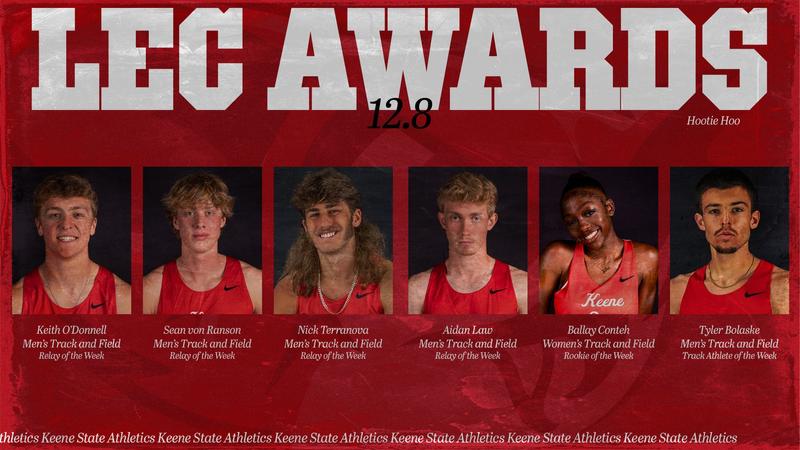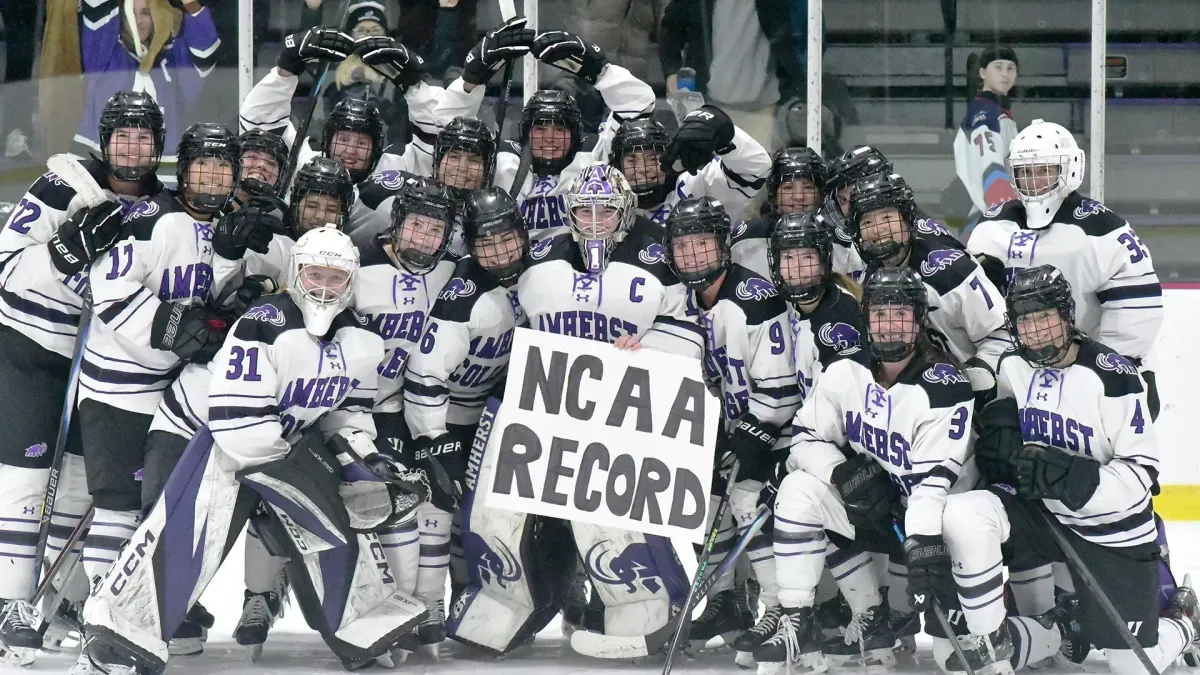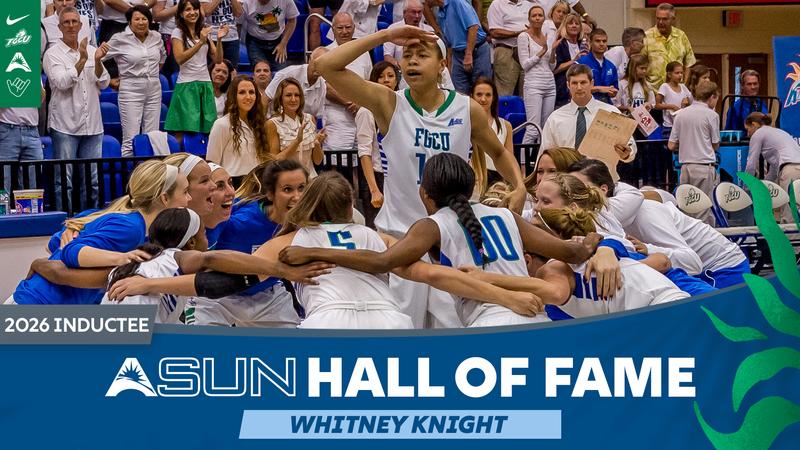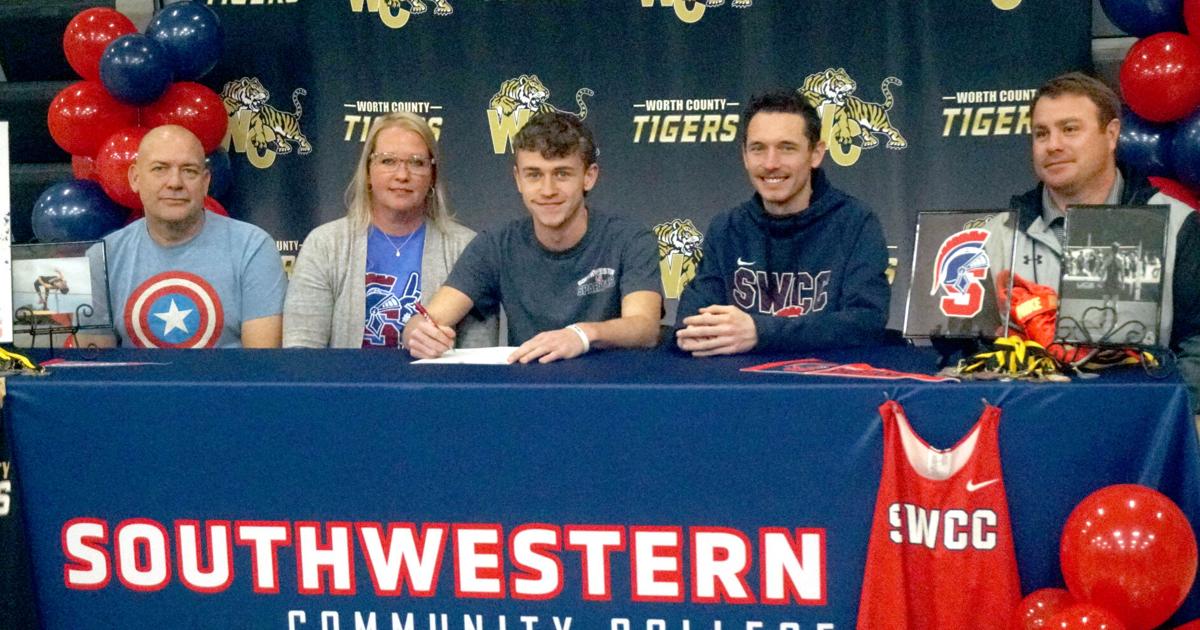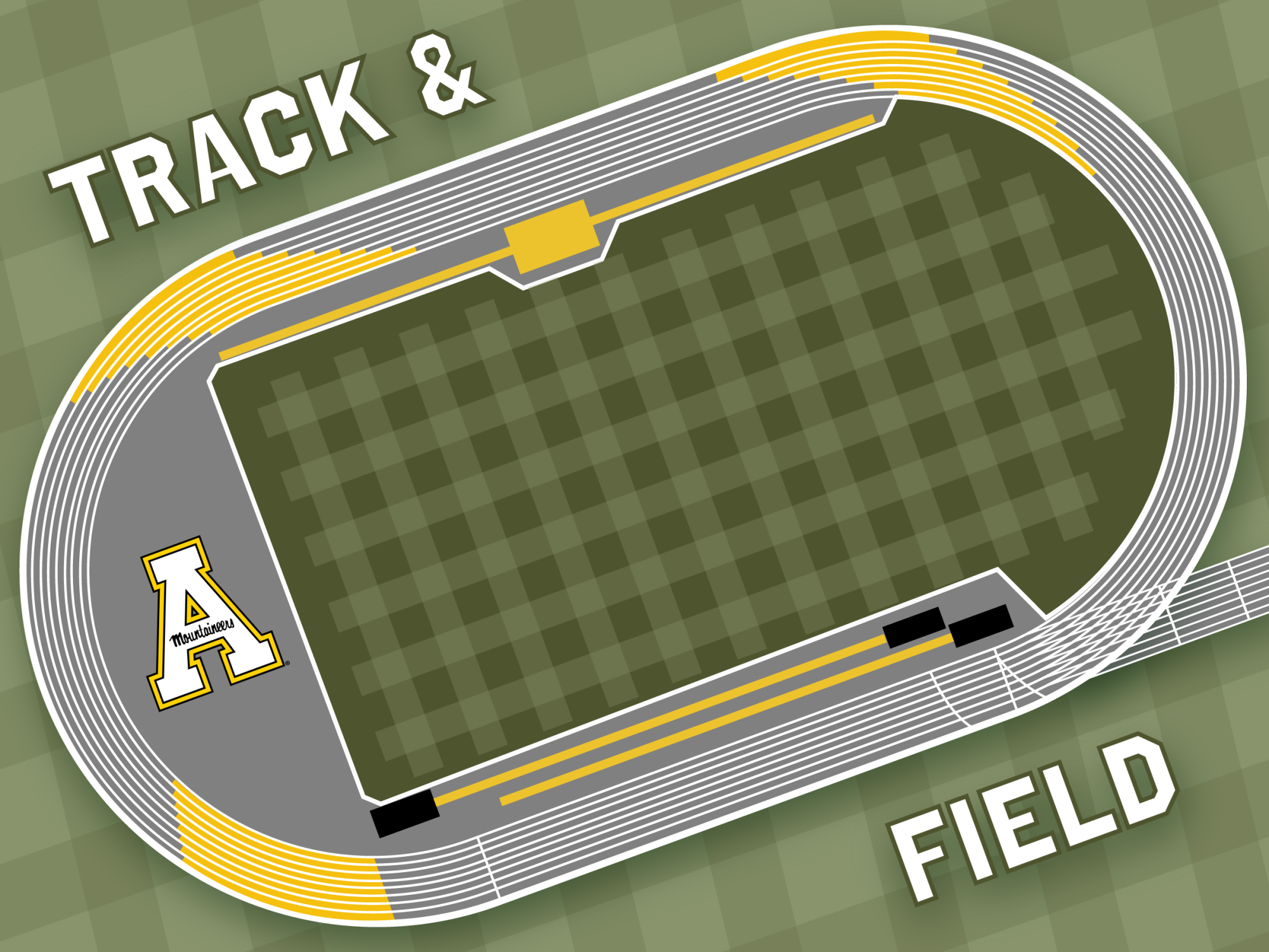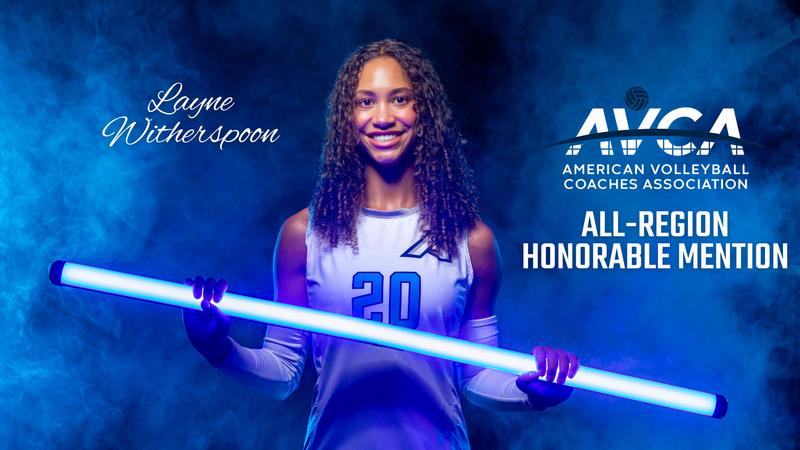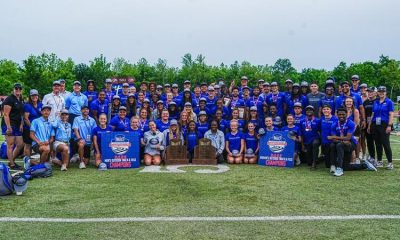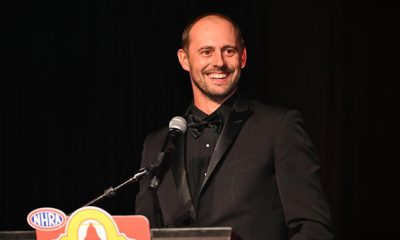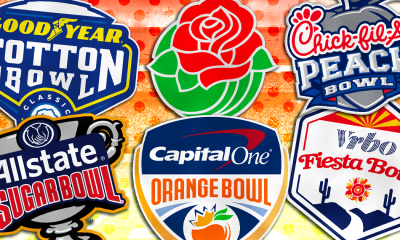
Editor’s Note: This story is a part of Peak, The Athletic’s new desk covering leadership, personal development and success through the lens of sports. Peak aims to connect readers to ideas they can implement in their own personal and professional lives. Follow Peak here.
There is no shortage of people who criticize the influence of data and analytics in baseball these days. I knew Joe Maddon had become one of those critics, but I also knew something else: Maddon was the manager of the Tampa Bay Rays when the organization was at the forefront of the analytics revolution in the 2000s.
That is part of the reason I wanted to talk to Maddon, who also won a World Series with the Chicago Cubs and managed the LA Angels. But there was another reason: I had a hunch that other people feel the same tension — caught between two worlds — in their own professional lives. I know I do.
In so many aspects of my life, there is an overwhelming amount of data and information available, from how many people read my stories to how much time I spend on my phone each week. At times, it feels like data dictates too much of my life, or at least influences too many of my decisions. Isn’t there value in just doing something because your instinct tells you it’s the right decision? In a world full of information, should we still trust our gut and creative impulses?
That’s what Maddon and I talked about during our conversations over multiple interviews, edited and condensed for clarity.
If you’re a baseball fan, you’ll probably find plenty to argue about. And if you’re not a baseball fan, or even much of a sports fan, I hope there are ideas on leadership, creativity and criticism that feel relevant to you.
You sent me something you wrote in which you said that your definition of leadership has changed. How?
In the past, I always received direction from whoever was in charge, but then I was permitted to go out and do the job as I perceived was the right way to do it. I’ll give you an example. When I first started as a bench coach in the mid-90s, there was no pamphlet on how to be a bench coach. I didn’t get any direction. The assumption was that I was there to advise the manager on a daily basis, primarily during the course of the game. Before games, I would put together scouting reports and breakdowns. I didn’t get any real direction on that either.
My point is, when I started doing that, nobody told me what to do. At all. I built all these programs because I felt, if I was a manager, this is what I would want. I was empowered to be the bench coach. I felt free to do my job. I never felt controlled. I felt the exact opposite.
So what’s changed?
As a coach, I’m not out there creating my own methods. I’m following the methods that are being given to me, primarily through data and information. Which is good. Because when it comes to data today, it’s not just me scouting the other team. Data today combines every play, every pitch, so of course it’s going to be accurate. But the point is, all of that stuff is taken from upstairs (the front office) to downstairs (the coaches). There’s no leeway to make adjustments anymore based on what you see.
When I was with the Angels, Brian Butterfield, my infield coach, would want to make micro-adjustments during a game based on defense, where a hitter might be late on the ball. All of a sudden, the ball is going away from the planned spot. But if he moved the infielders, as an example, after the game he was told: “Just play the dots.” In other words, coaches became neutered because if you attempted to do that, that was considered going rogue. Just follow the dots. Stop thinking. Stop using your experience. Stop using your sense of feel and what you’re seeing. Just follow the dots.
Just to make sure I understand what you’re saying: You think leaders need to give people information, but then empower them to make their own decisions, not restrict them.
Yes.
Let me ask you this: Why does this change bother you?
Because it neuters your years of work. And it doesn’t permit you to react to a situation that you absolutely see as being different. All these numbers are based on large sample sizes, and I understand that. To me, a large sample size is pretty much infallible when it comes down to acquisitions in the offseason. But it is fallible when it comes down to trends in the moment.
So when you’re talking about how to set my defense on August 15, or how to pitch somebody on August 15, I need something more immediate and not just a large sample size. What is he like right now? Has he changed? Has he lost his confidence, or is he more confident than he’s ever been? There are fluctuations with people. That’s my problem: It bothers me that coaches, managers, whoever are not permitted to use their years of experience to make adjustments in the moment based on what they see.
The game tends to be unpredictable, and in a hot moment you have to be able to be creative and flexible when you’re actually seeing something.
We’re talking specifically about your experience with baseball, but I think a lot of people in a lot of different jobs feel this real tension between data and feel or creativity, whatever you want to call it.
Agreed. I do a lot of talks about this, and I try to address all of this. It has to be understood that, first of all, I’m into all of this stuff. I want the numbers. I want analytics. I want you to give me stuff in advance. Absolutely I want all of that. But once you’ve given it to me, you have to understand that this is a fluid exercise. Theory and reality are two completely different worlds. So when theory starts breaking down during the course of a game, then it becomes reality. If it always goes according to script, God bless you, that’s wonderful. But that rarely ever happens. So, for me, feel and experience allow you to see things a little bit in advance that maybe someone else can’t see or feel. That’s where a manager or a coach can make a difference.
That’s where I’m really trying to explain myself, and I think executives and people in other industries feel the same way. They feel hamstrung. Because they’re being controlled as opposed to empowered. Everybody wants information; nobody wants to run away from good information. But you always have to feel the empowerment to remain flexible and make snap decisions when things just don’t seem to be going well or right. Because when things get hot, things get quicker and people change. You have to be able to read that in order to make the necessary adjustments based on this moment. And that’s what I believe is the gift of experience. Feel is the gift of experience.

Maddon believed it was important to have relationships and know his players. (Photo by Jim Rogash/Getty Images)
You shared something with me that you sent to your players when you were the manager in Tampa. You wrote: “Conventional Wisdom be damned. We are in the process of creating our own little world. Our way of doing things. The Ray Way. To those of you who feel as though this sounds ‘corny’ wait a couple of years and you will see how corny turns into ‘cool,’ and everyone stands in line to copy our methods.” What I loved about that, Joe, is that in many ways, you were part of the process with the Rays that created the world that we’re in. What do you make of that?
The Rays at that time were kind of ahead of the curve. That’s when being analytically inclined was in the minority and being old school was in majority. Now the tables have turned.
I’ve always loved that saying, “corny becomes cool,” because we used to be criticized for the things we did. For example, shifting. The four-man outfield we used. We were criticized heavily for that. They think they know everything! But it’s gotten to the point now where it’s taken on another life, almost to where it’s become an extreme. I like the word balance. I don’t like extremism either way, either too conservative or too liberal. I believe I’m a centrist even in the baseball world. I think in my life I am. I want to see both sides. I want to incorporate everything.
So I’m not advocating for all old school. Not at all. Not even a bit. I’m advocating for balance.
You told me once that from day one, you told your players: “You have my trust and now I have to earn yours.” Why did you say that?
Because I wanted them to understand how important that was. I wanted them to know that, from my perspective, there were 40 guys on the team, all with different personalities. They had my trust and I needed to really infiltrate each one of them so they would trust me in return.
How did you do that?
You don’t miss things. You have to see things. You know when someone needs your help, you know when you have to stand out of the way, you know what guys you can be more blunt with and who will crumble from bluntness. You have to read every individual, and it only happens through a daily discourse.
You texted me something: “Wear your thick skin. Criticism is not taken as an attack … but as a debate seeking the best possible answers.” I’m so thin-skinned. Painfully thin-skinned. How did you develop thick skin?
Wow. Well, I grew up in eastern Pennsylvania. I was a quarterback when I was 10. I was calling audibles when I was 10. I called all my plays in a huddle when I was 10. When I screwed up, those coaches, Richie and Si, they beat me up a little bit. One time I threw an interception and they said I quit on trying to tackle the guy. They told me I was a quitter. I was 11, and we only lost one game in the three years that I started at quarterback. But they called me a quitter one day.
High school football. Adam Sieminski. Toughest, toughest mother I’ve ever had to play for anywhere. He’d chew you out up and down on the sideline during a game. It would be 25 degrees and he’d be out there in a short-sleeve shirt and I’d go to talk to him and his teeth would be chattering so hard I couldn’t understand a damn thing he said. But he wanted to show us how tough he was. And he was.
I mean, these are the guys who made me tough. You had to wear it. Your skin gets thicker, you become more calloused. And eventually you get to the point where you can have a good, open, blistering debate or conversation.
Bob Clear, my mentor of all mentors. I did this instructional league in the ’80s. That morning in the Arizona Republic I’d seen a picture of Mark McGwire with his hands on the bat, palm up, palm down, and I was saying how much I loved that picture and his hand placement. And Bob said: “You’re full of s—. The hands should be in this position. What the f— are you talking about?” I said: “F— you, Bob!” And we argued for 30 minutes, back and forth, screaming at each other. And then we walked out on the field arm in arm.
I respected — I adored — this guy, but because we could argue like that, I learned. He always used to tell me: “I’m just trying to make you think.” That’s it. I’m just trying to make you think. You try to do that now and people crumble.
One thing I struggle with: When people go through tough stuff like that, they can become really thankful for it. But I’m also always a little leery of nostalgia, because it can sometimes erase how miserable those times were. Where do you stand on that? Tough coaching, the appropriate way to treat people, that’s all an active conversation now.
I just like straightforwardness. There’s a great line: Honesty without compassion equals cruelty. So you always have to gauge your honesty and what they can take. But I just would prefer seeing a little more straightforwardness and not dissembling or providing a soft landing because I don’t think that’s helping anyone.
Listen, I’m not talking about parting somebody’s hair all the time. But you can’t always paint it in a way or else the person you’re speaking to is going to miss the point. You’ve got to make sure that it’s firm enough. Understand your audience, always. But one of my lines is: If I tell you the truth, you might not like me for five or 10 days. But if I lie to you, then you’re going to hate me forever.

Maddon led the Chicago Cubs to the franchise’s first World Series title in 108 years. (Nuccio DiNuzzo / Getty Images)
You told me once when you were coaching in the instructional league that you sat down with every player to go over not just their strengths but to hammer their weaknesses.
I took a piece of paper and made it into quadrants and created a form on my laptop, which weighed about 25 pounds at the time. This was all me; I didn’t get any input from any of the coaches or the front office. Nobody. This was just my scouting acumen at work because not everybody was on board with this.
The top left quadrant would be positives. Top right quadrant would be negatives. The bottom left quadrant would be after they heard my positives and negatives, they would tell me their idea of what they wanted to get out of the instructional league. And then the bottom right would be the summary that I would write based on the positives, negatives, their input and then what I saw. I would give them that piece of paper. Why?
Because when a player walks out on a field — minor league, major league, doesn’t matter — there’s always a sense of: “What do they really think about me? How do they see me? What’s the plan for me?” I used to hear that all the time: “What’s the plan?” So I figured if we could get this out in the open early, then when we saw each other on or off the field, there would be nothing in the background lurking. I think it’s the most open and honest way to create relationships and communication.
What do you think baseball has gotten wrong about leadership? Not just analytics but leadership.
It’s not just baseball. Very simply put: I always felt that I was hired to do a job and then permitted to do my job. I feel like in today’s world, people are hired to do a job only the way they want them to do the job. The outline they’re going to give you to do the job. It prevents the imagination from soaring. It prevents creativity. The moment you feel restricted, your imagination ceases to exist. Because why go there? Why ever ponder in bed at night? Why grind all day long over lunch? Why grind over different ways to make something better?
One thing that I struggle with is that we have such easy access to every kind of metric or piece of data. For instance, with our stories, we can see exactly how many people are in them at any moment, how long they’re spending, when they stop reading.
Wow.
What I think our whole conversation is circling back to is we’re in a real tension between data versus art, or whatever you want to call it. I would guess that that’s applicable in almost any field. We’re all overloaded with data and we almost use data as a safety net. I get why; it is comforting. But I think we’ve got to leave room for instinct and experimentation.
Here’s one thing I wrote the other day. I was driving and sending texts to myself so I wouldn’t forget: Can data replace talent as the number one reason why groups are successful? Can numbers teach poise? Can numbers teach competitive nature? Can numbers teach instinct?
This is what I think has become blurred a bit. Everybody thinks analytics is the reason; it’s not. It’s not the reason. The reason why the Dodgers are good? They have a good analytical department, but they’ve got really good talent. They’re able to acquire good talent and pay them, but they do a good job of identifying talent. Data and analytics, that’s the number one superstar component of that. That’s where you really do a good job. That’s why the Brewers have been good, that’s why the Rays have been good: They’re able to look under the hood and identify talent that nobody else sees. That, to me, is where analytics really shine.
But can numbers teach poise? Can numbers teach competitiveness? Can numbers teach instinct? Those are the things that separate winners and losers.
You can read last week’s interview with Tara VanDerveer, one of the winningest basketball coaches of all time, here.
(Illustration: Eamonn Dalton / The Athletic; Sean M. Haffey / Getty Images)
16

